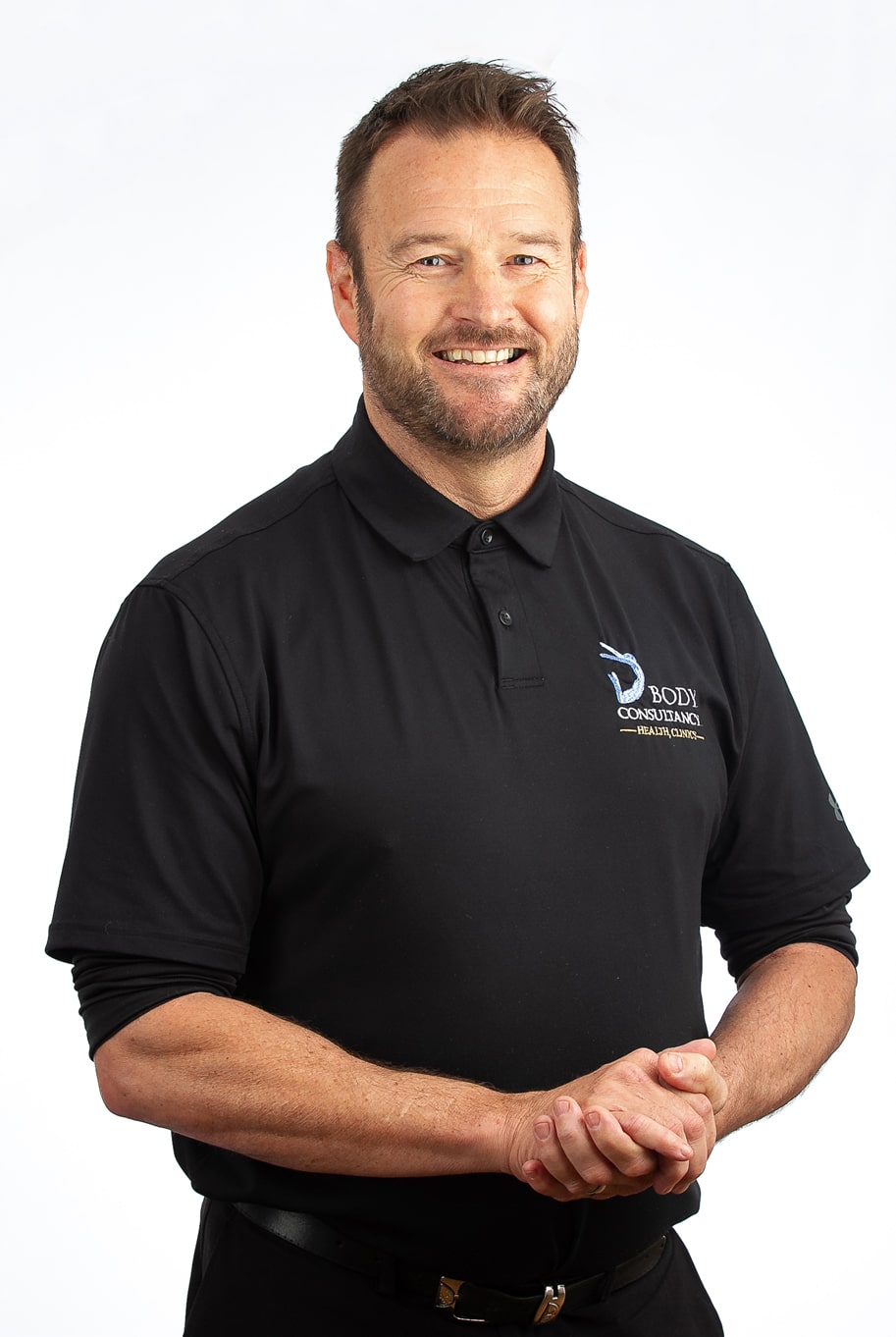Say “osteopathy” to most people and they’re likely to tell you that it’s something to do with bones. That’s certainly true. But in fact we use osteopathy to diagnose and treat a whole range of musculoskeletal conditions that affect the bones, muscles, ligaments and other tissues – including low back pain, neck pain, arthritic and other types of joint pain, leg symptoms and other nerve-related problems.
If you’re suffering from any of these or similar conditions, you can count on our experience and specialised knowledge to improve your health problems with a range of hands-on treatment techniques including manipulation, mobilisation, stretching and massage – all without drugs or surgery. Designed to loosen, strengthen, mobilise or stabilise specific areas of your body, osteopathy is a complementary therapy that’s not only curative but also preventative. In other words, not only get you pain free but also help you function better and make you less prone to recurrences.
Meet Tristan White our osteopath who works from our Ringwood, Highcliffe, and Verwood clinics.
“On the road to recovery thanks to Jayde! I was recommended to Jayde by a friend when I wasn’t seeing any improvements in treatment elsewhere. I had chronic back pain. Thank goodness I did as Jayde is the best! She is so knowledgeable and professional and knows exactly what you need! I have no hesitation in recommending her to anyone who needs help with pain! You will see real results quickly and safely! The practice is modern and lovely too!”
– Amy Collins
A professional diagnosis
We don’t believe that treating symptoms alone is ever enough. That’s why we’ll always aim to find and treat the cause of your symptoms too. It’s why we approach your body as a whole – assessing your structure as well as your functional movements to get to root of the problem. And it’s why, if you need to, you can also tap into a range of other Body Consultancy specialisations including chiropractic, physiotherapy, podiatry and massage therapy.
The right treatment for you
Our osteopaths will find and apply the treatment that’s right for your condition and right for you as an individual. We treat people of all ages from babies to the elderly – and many different types of people including pregnant women, sports men and women and desk-based workers.
Your treatment is likely to include a combination of hands-on techniques including manipulation, mobilisation, stretching, massage and rehabilitation exercises. It will help to restore normal function, relieve any pain or discomfort, and also address the root of your problem to help prevent the same or similar conditions happening again.
Proven results
Osteopaths are primary health care practitioners, trained in the diagnosis and treatment of a variety of ailments. Osteopathy itself is safe, effective, drug-free and surgery-free. It’s an established, regulated profession dating back more than 100 years, and one that requires a high degree of education including a minimum training period of four years.
There is clear scientific and medical research and evidence that osteopathy can make a big difference in improving health problems by treating a wide range of complaints – from low back pain, neck pain and arthritic pain to shoulder pain, tennis elbow, trapped nerves and knee pain.
At the same time, please note that there is no guarantee of specific results with osteopathic treatment and that results are variable between patients.

